Review: Linx CGM
This blog review is the shared experience of 2 fathers from our community, Harjot & Vikram whose young children have type 1 diabetes & use Linx.
CGM (Continuous Glucose Monitoring) is a method of tracking blood glucose levels continuously throughout the day and night. It involves a small sensor injected into the skin, typically on the abdomen or arm, which measures glucose levels in the fluid between cells, also called interstitial fluid. The sensor sends data to a device, such as a smartphone or receiver, providing real-time glucose readings.
Want to know more about the latest diabetes tech? Read our blogs & see our tech playlist.
As parents of children with type 1 diabetes, most of us have a common fear of finger pricks to check on the child's glucose levels. Pricks can be sometimes be painful and traumatic for kids. To over come that trauma & make our lives easier, we decided to try a CGM.
Advocacy for affordable CGMs
Unfortunately for us in India CGMs are an expensive affair & we pay out of pocket. They are life saving but the huge costs make them a luxury that the middle class can't afford. Read this post to know about our struggle to prevent the discontinuation of the relatively affordable Libre Pro. Our issues were also highlighted in the Times of India, Sakal & The Bridge Chronicle newspapers.
If you would still like to share your opinion on why diabetes care should be affordable for everyone, please participate in this survey & share.
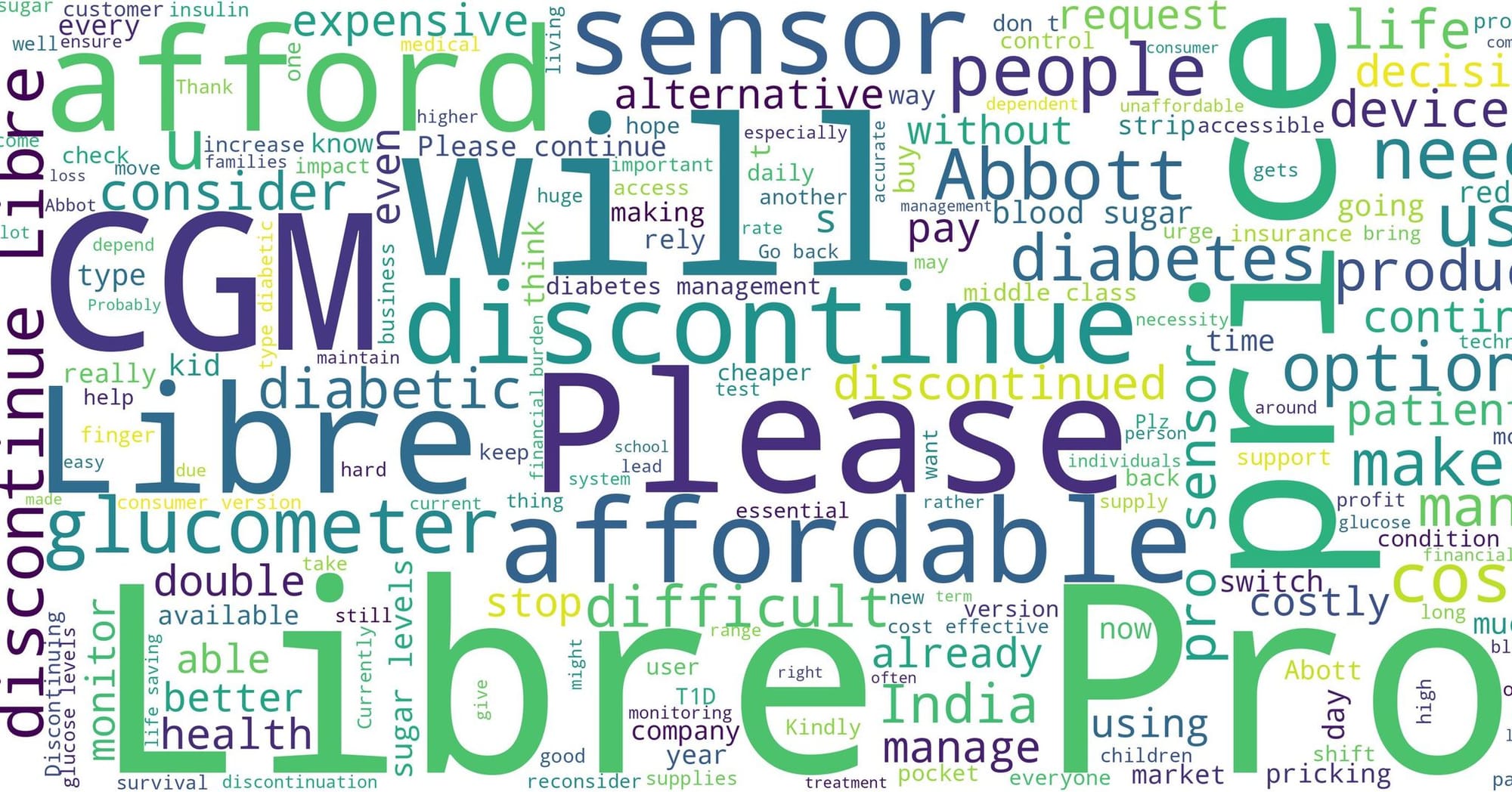
Earlier we used the Libre/Libre pro sensor, which gave an advantage over the traditional glucometer method & gave more information on the levels going up or down. It also helped in identifying what food items cause most spikes so we could manage the doses accordingly. It had some limitations - since it's an FGM, we need to manually scan the sensor with a reader or an NFC enabled phone to get readings. Recently we got to know about a new CGM in the market called Linx, decided to try it out & share our experience of using it since a few months.
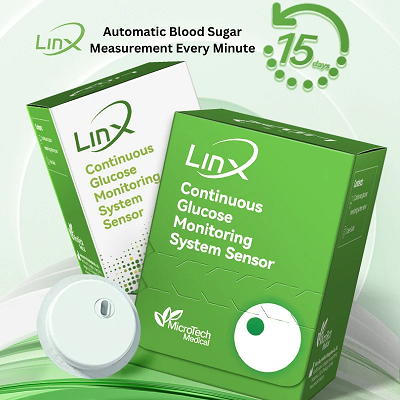
The Linx CGM is a product of MicroTech Medical Company, headquartered at Hangzhou, China. It claims to be the smallest and lightest CGM and, while it has received approvals in some markets, it does not appear to be FDA approved. It has an advantage over Libre as it works on bluetooth, whereas Libre works with NFC phones. While bluetooth as a feature is available in all phones, cheap or expensive, NFC is limited to mostly costly devices and also has compatibility issues with Libre.
With Libre we had to manually scan using the phone to get the readings, whereas Linx does not need manual scanning & shows the readings if the sensor is within the 10-15 meters range of the phone it is paired with. Another advantage is that, Linx shows readings every minute unlike 15 minutes in case of Libre, so we have better control over fluctuations.

Linx comes with many in-built alert features such as low blood sugar level, urgent low blood glucose alert, rapid rise glucose alert, regular reminders, urgent reminders, etc.
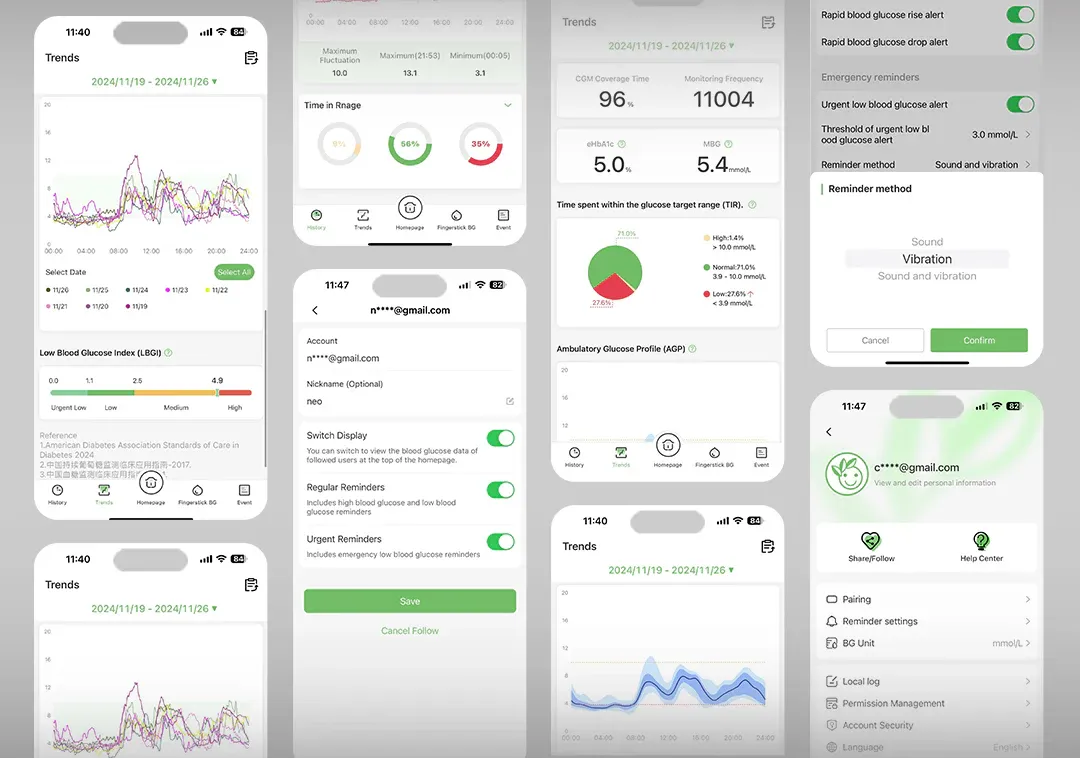
Key Features
- 15 days life span
- Simple one-step process for quick setup
- Choose between upper arm or abdomen for comfortable wear
- IP68 Rating ensures durability and water resistance
- Customisable alerts & notifications
- Share data with family and caregivers for better management
- Scan free Bluetooth connection
- Small sensor – 22mm in diameter, 4.22mm in thickness and weighing only 2.16gm
Packaging & Presentation
Small and easy to use, it has 2 components- the applicator & sensor. Here are some photos of the packaging-
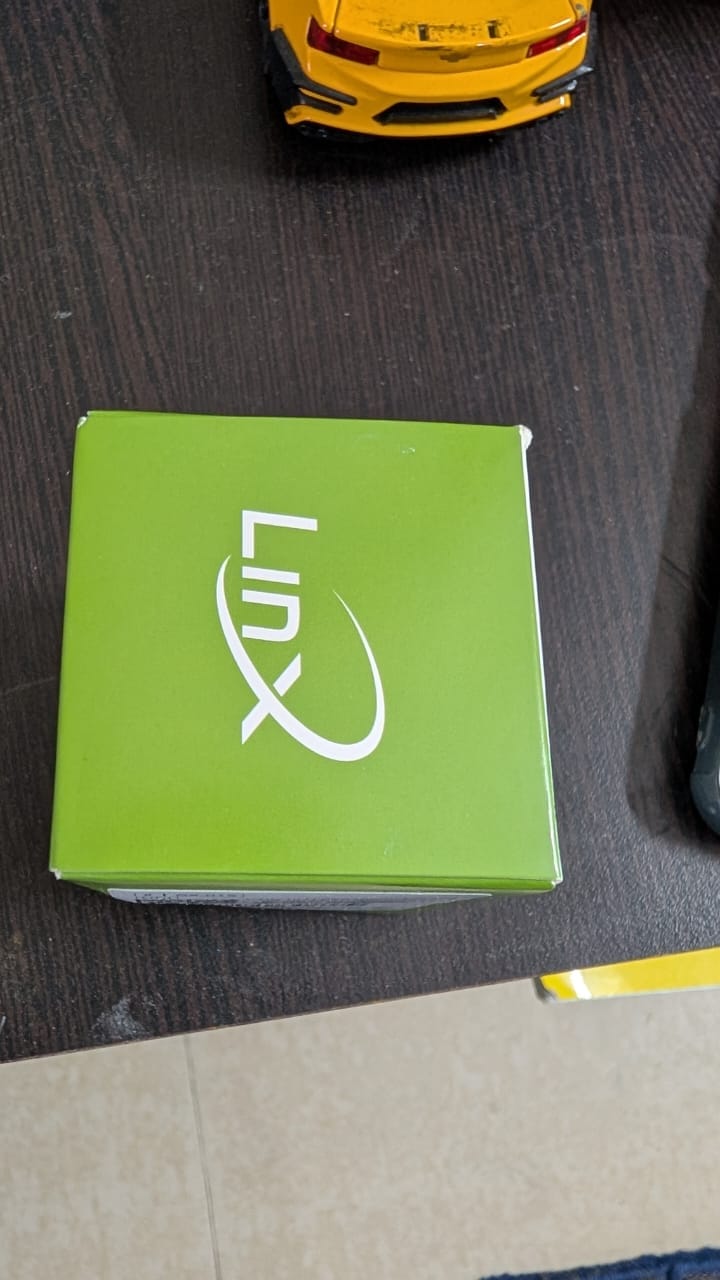
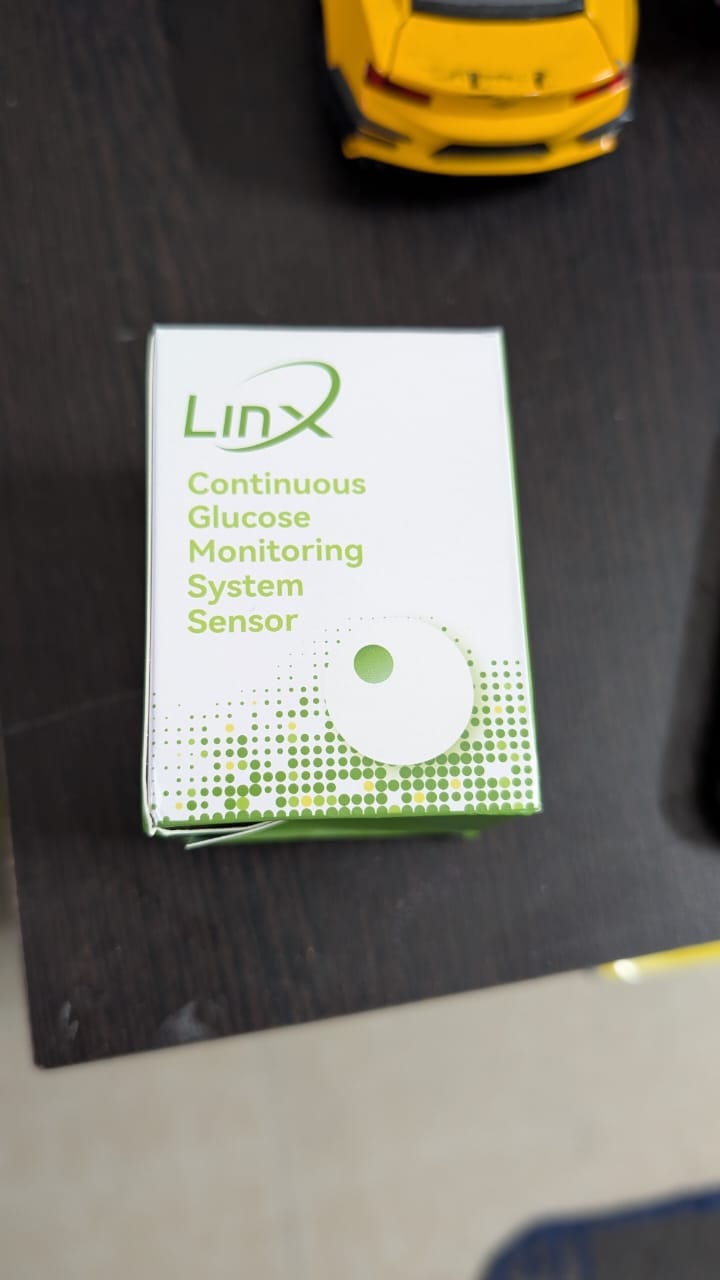
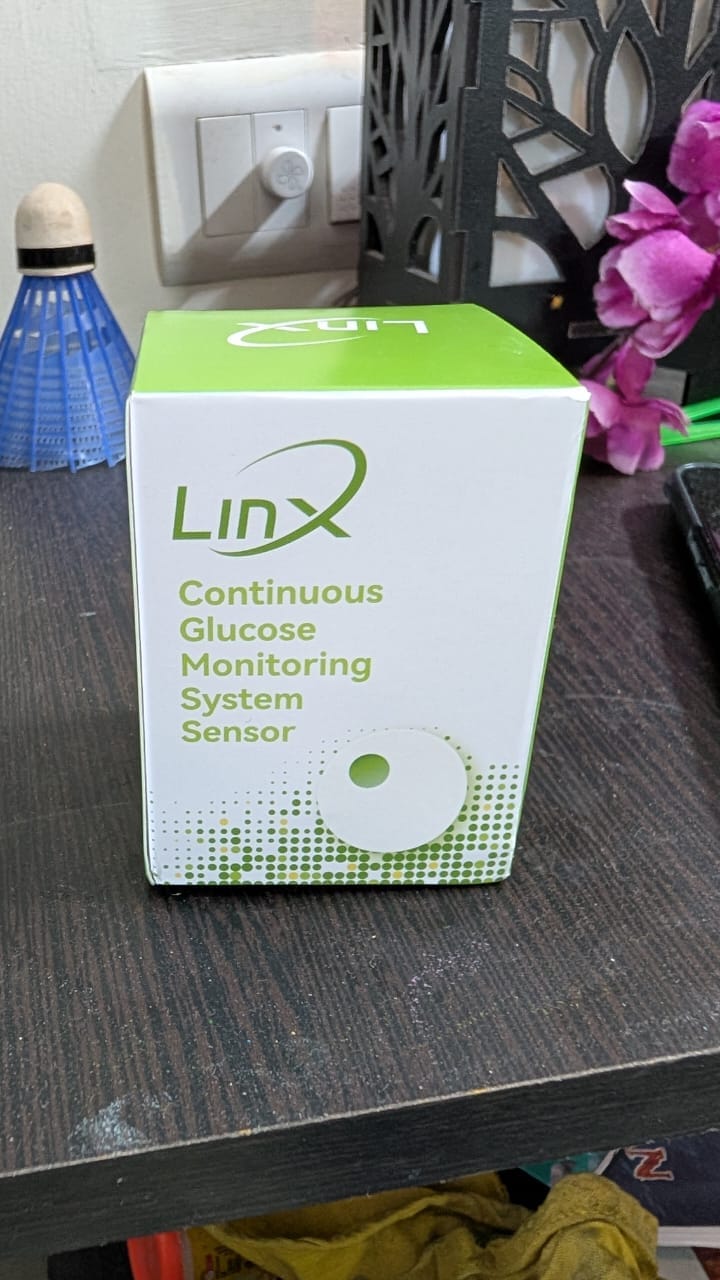
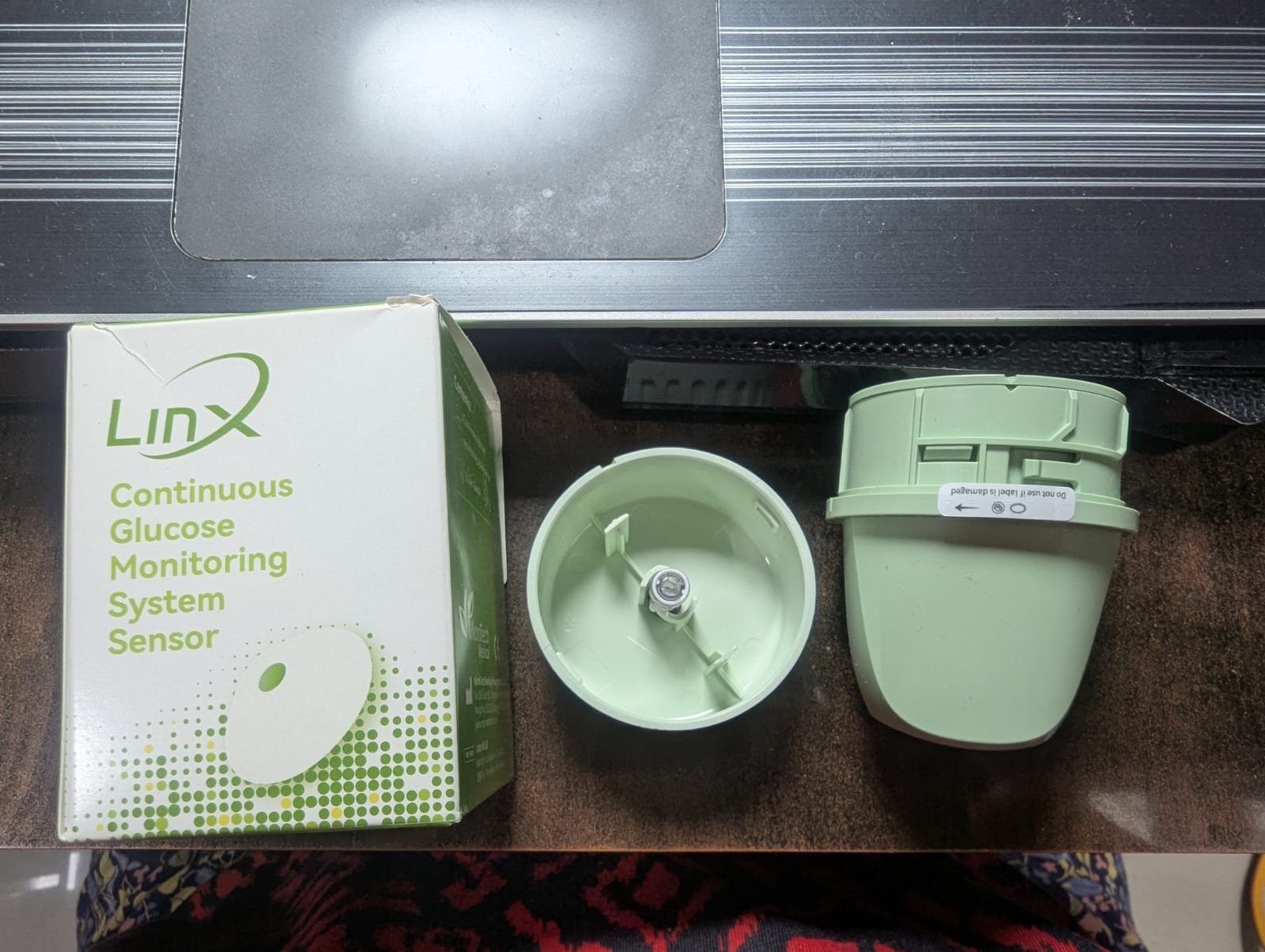
Photos of the packaging
Operation Steps

Wondering how to apply the Linx CGM? Snehal shows you how in this quick video!
Pricing & Availability
Linx is priced at Rs 4600-/ for a single sensor & have discounted rates for additional sensors. 2 sensors cost Rs. 4500-/ per sensor, 4 sensors cost Rs. 4400/- per sensor & more the 6 sensors cost Rs. 4300/- per sensor. Cost wise it is cheaper than the Libre which has an MRP of Rs 5249/- & also unlike the Libre, Linx is a true CGM which does not need manual scanning, is smaller than the Libre 1 & easier to apply. It can be purchased from the Linx website.

Calibration
Linx is the only CGM yet in India that currently offers calibration as part of the official app, which is a great feature to have especially when the readings on your glucometer & CGM don't match. It is not recommended to do any calibrations in the first 24 hours of a new sensor. You should calibrate when your sugars are steady (such as your fasting sugars & not fluctuating) & if only your glucometer & sensor are more than 25-30 mg/dl apart. If your glucometer and sensor readings are the same or very similar, you could simply use the use the 'Record' button (see the screenshot below) instead of the 'Calibrate' button. If the glucometer & sensor value are hugely different, it's possible that the app may reject your calibration. Do not worry if this happens, just test & try again after a while.
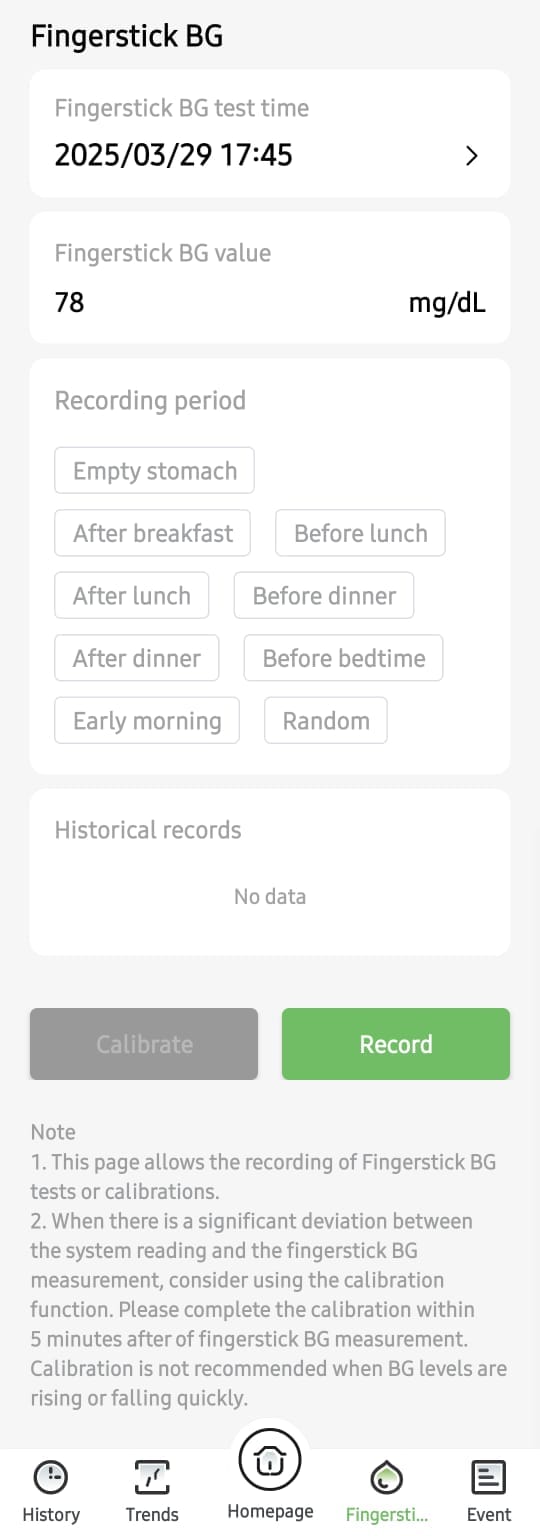
The Linx App
Available on Google Play and Apple Store, the app is basic & functional. Our favourite features are alerts (especially for worried followers) and the option to calibrate.
The app is a basic log of blood glucose levels, food & insulin (if at all you choose to add food, insulin etc) & it would be very helpful if it could seamlessly sync with the Blue Circle Diabetes mobile app, made by and for people living with diabetes (available on Android and iOS) to be able to make sense of all the data with unique AI driven insights. The Ambulatory Glucose Profile (AGP) report could have been better if shown in 'bar' instead of mean line format.
If you want to know more about the Blue Circle Diabetes app, take a look at this blog. Our beta testers with lived experience have helped us rebuild this community driven mobile app. For any feedback add it in the 'Feedback' tab of the app or email support@bluecircle.foundation
Here are some screenshots from the Linx app-

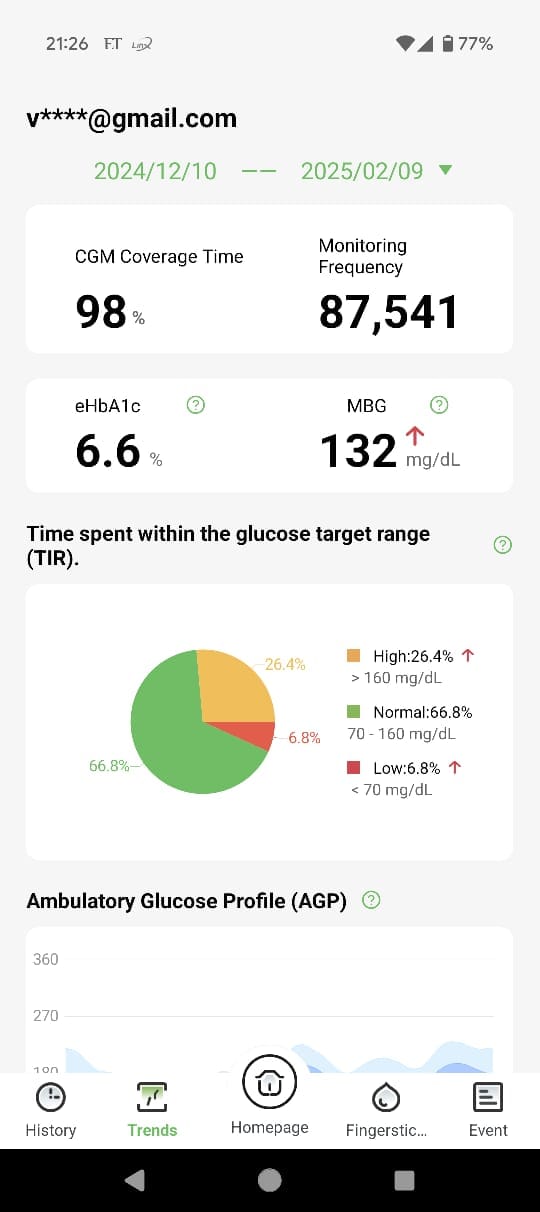
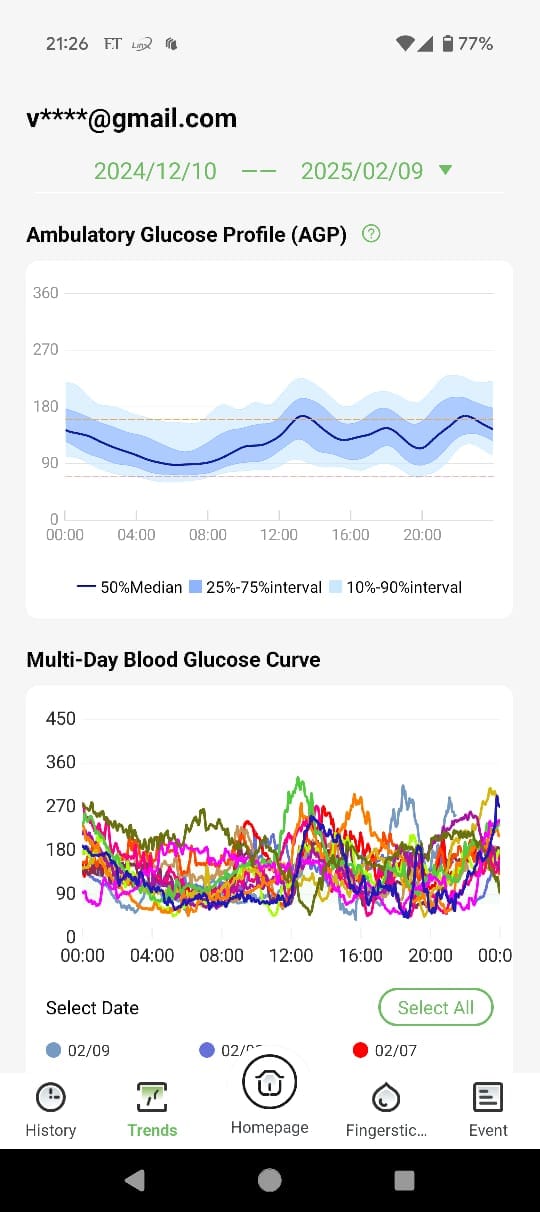
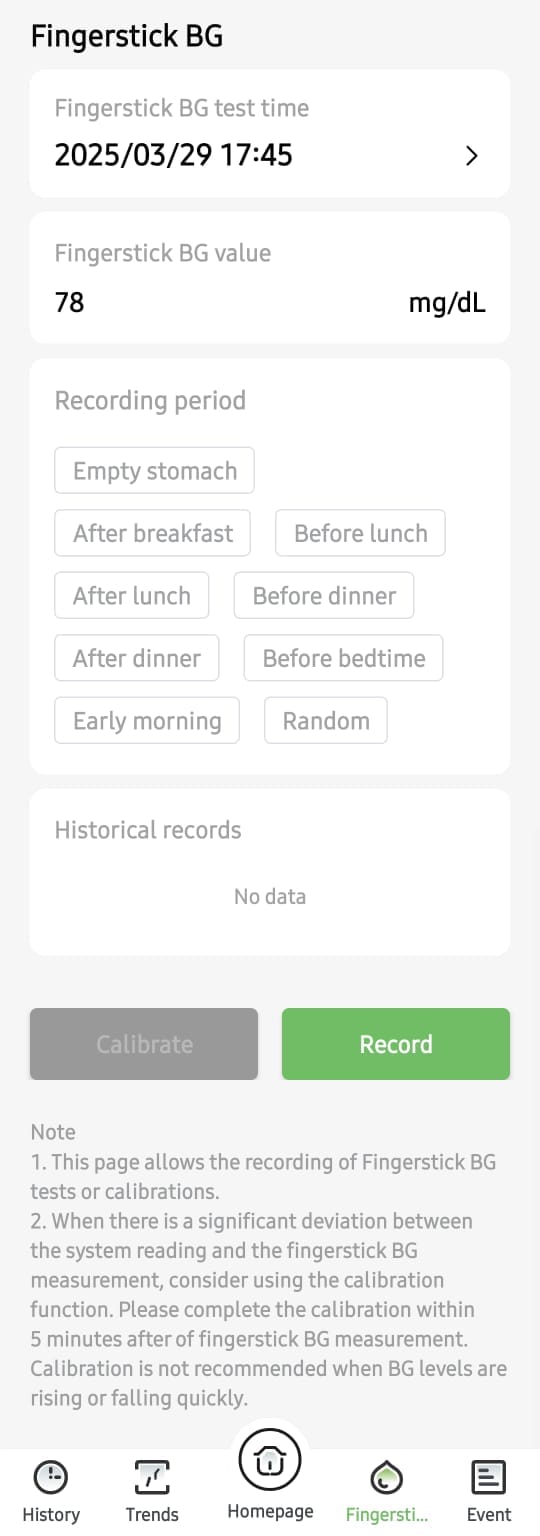
Linx integrates with the Blue Circle Diabetes App
The Blue Circle Diabetes app has been made by and for people living with all types of diabetes. Read more about the app here. The latest update to the Blue Circle Diabetes App now supports Linx CGM integration, allowing users to access all the current advanced & future features in the Blue Circle Diabetes app.
To sync your Linx CGM with the Blue Circle Diabetes App:
Menu (☰) → Data Sync → Linx tab → Follow the instructions
Built in response to community feedback, the Blue Circle Diabetes App is now interoperable with all major CGMs in India!
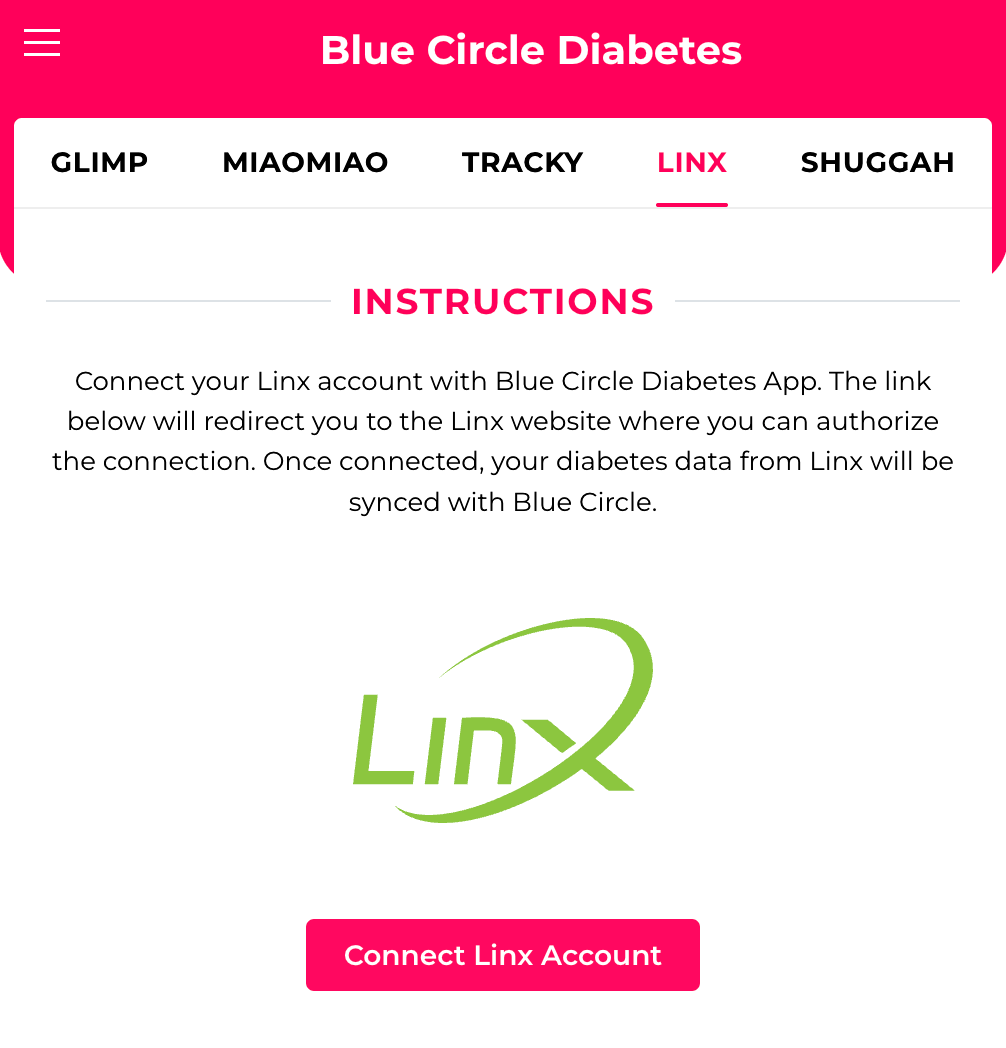
Harjot's experience
Our daughter, Gurmann is 10 years old now and has had T1 since 2020, when she was 4.5 years old. One night around 2AM, we heard a loud alarm on the Linx mobile app. My wife and I woke up & noticed her sugars were around 40 mg/dl. We gave her glucose, my wife made her a sweetened drink & a snack. It took us over 2 hours to bring the stubborn hypo back to range. It was a scary experience and I shudder to think what would have happened had we not realised or if we didn't have a CGM. It helped save us a trip to the ER/hospital.
Want to know the ideal way to treat a hypo? Read our hypo guide & watch this video on hypo unawareness & how to fix it.
Vikram's experience
Our son Ayaan is just 7 years old and he has had type 1 diabetes since less than a year. We have taken permission from the school principal for our child to take the phone to class so that we can remotely track his readings. When he was on the Libre (which is a Flash Glucose Monitor) he needed to scan the sensor manually each time for us to remotely see the blood sugars. The good thing about Linx is that since it's a CGM & works on Bluetooth, he does not need to manually scan it intermittently, we simply receive all his readings & alerts for hypos and hypers. When we notice he has a hypo, we call his teacher to remind him to have some glucose. We haven't noticed much of a variance from the glucometer.
See this post on our Facebook group, Diabetes Support Network India to download a school letter format that you can edit & submit to your child's school so they understand your child's requirements.
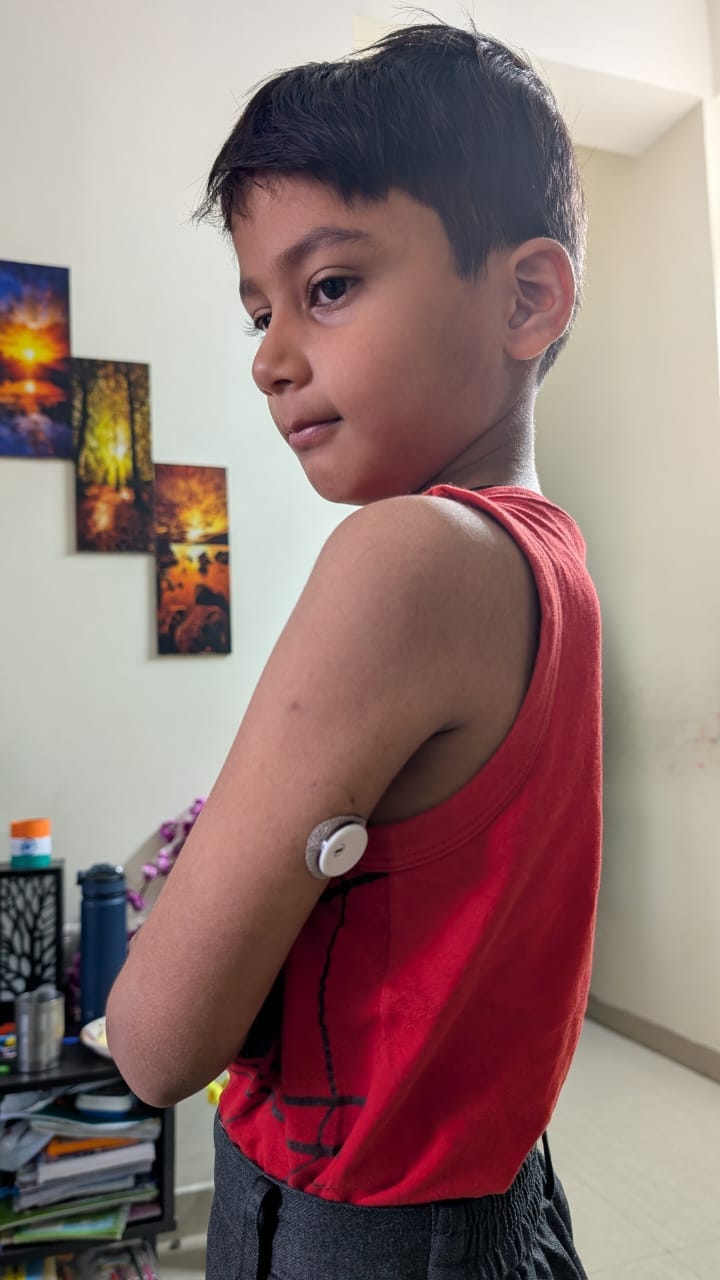
We have been using Linx since 3 months and we find it has a clear edge over the Libre. The sensor gives more accurate readings compare to Libre (some times identical to finger pricks). The Bluetooth connectivity and various alert features are an icing on the cake, including being able to select low and high threshold levels. Whenever the target range is breached we get an alert and in case of urgent lows the alert sound gets a bit louder and longer. We don't need to wake up in the middle of the night to test - the alarms take that burden off & alert us when needed. To be honest, we have never been so relieved from the hypos and hypers. We would definitely recommend Linx to people with type 1 diabetes especially school going kids. See our workshop on managing T1 kids under 10 years of age & also this workshop on school & T1D.
Overall thoughts & video reviews
Do not rely too much on any CGM readings alone, definitely check your blood glucose by finger pricks at least once a day or more often in case of any abnormal readings. Having said that, we have had a good experience so far with the Linx CGM!
Watch our video review below in Hindi with Vikram, Harjot & Snehal & if you have questions or want to share your experience using Linx, do post on our Facebook group, Diabetes Support Network India
Also watch a video review with Snehal in English-
SUPPORT BLUE CIRCLE DIABETES FOUNDATION
We need your help and support to continue to grow, expand and touch the lives of countless people in the diabetes community. Every little bit helps us in sustaining this endeavour. Our NGO is registered under Section 80G of the Income Tax Act, India.
Click here to donate

